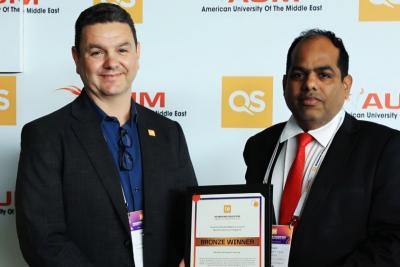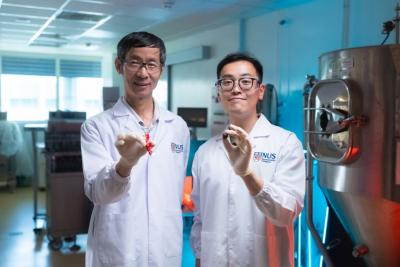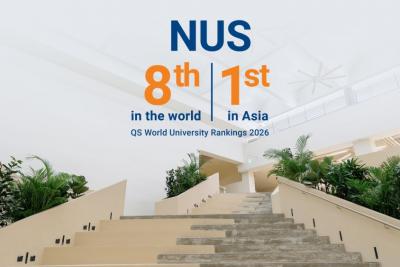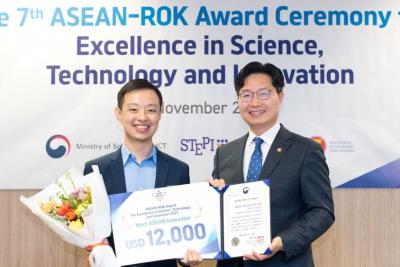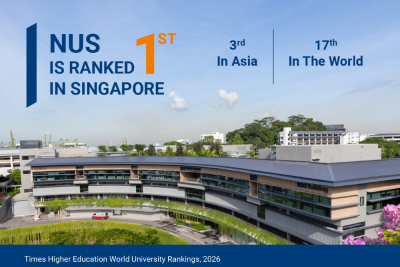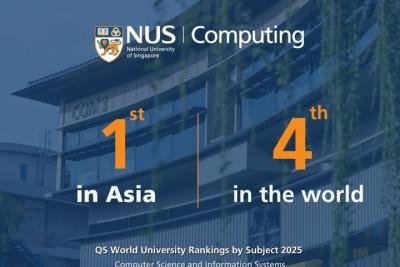NUS hợp tác trong học viên 5G để phát triển nguồn nhân lực của Singapore
The 5G Academy has brought together all twelve local Institutions of Higher Learning and leading industry players such as Cisco Systems, IBM and Micron to develop and steer its initiatives.

The 5G Academy has brought together all twelve local Institutions of Higher Learning and leading industry players such as Cisco Systems, IBM and Micron to develop and steer its initiatives.
More than 3,000 Singaporeans and Singapore Permanent Residents have been trained in 5G and related technologies over the last year, as part of plans by the Infocomm Media Development Authority (IMDA) to roll out 5G coverage nationwide by 2025, according to statistics provided by the Singapore 5G & Telecoms Academy (5G Academy).
The 5G Academy, which was established under the auspices of the IMDA on 1 November 2020, was created to determine the needs of industries and availability of talent, as well as develop a pool of 5G-ready professionals.
The National University of Singapore (NUS) and Singapore Polytechnic (SP) were appointed by IMDA to set up and manage the 5G Academy, which today lists on its website more than 700 short courses and academic programmes to develop 5G-ready talents. Offered by various institutions across Singapore, the courses and programmes are mapped to a framework that organisations and individuals can use as a reference in their upskilling journey.
“Singapore has always held that talent is its most important competitive advantage. Being 5G-ready represents an important next step for Singapore as it strives towards being a leading SMART nation, driven by the desire to create advanced digital solutions that can transform our businesses, economy and society,” said Prof Susanna Leong, Vice Provost (Masters' Programmes and Lifelong Education) and Dean, School of Continuing and Lifelong Education (SCALE), NUS.
5G, the fifth-generation mobile network, is a new global wireless standard. It will offer higher speeds, lower latency and greater capacity over older 3G and 4G technologies, and is set to enable vastly improved connectivity and user experiences.
Xem chi tiết tại đây






